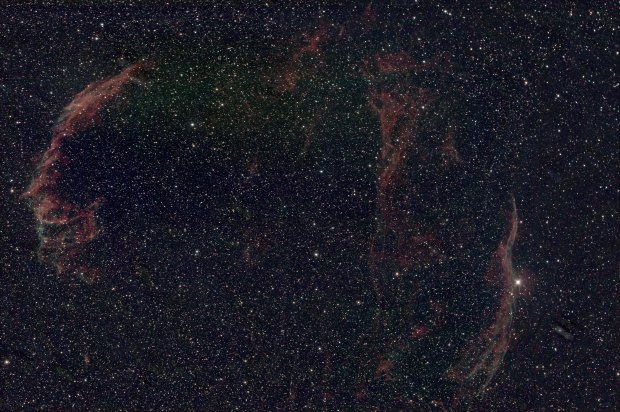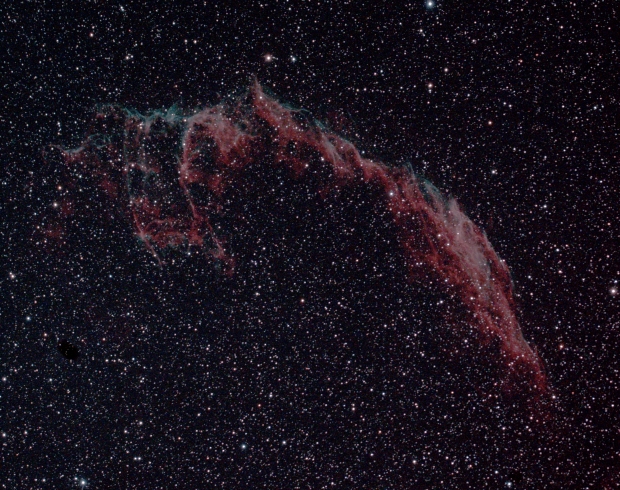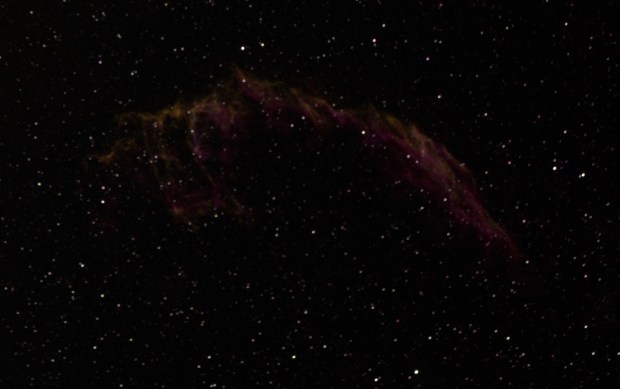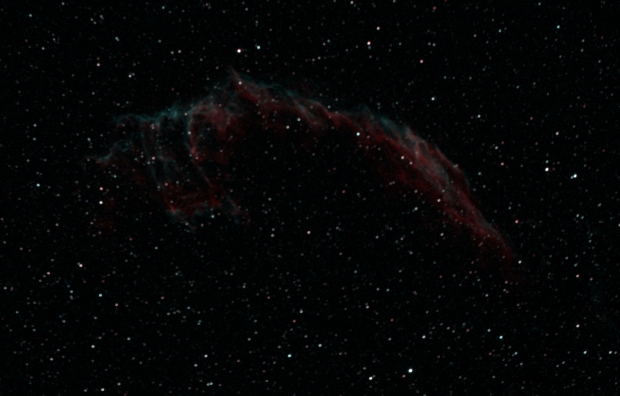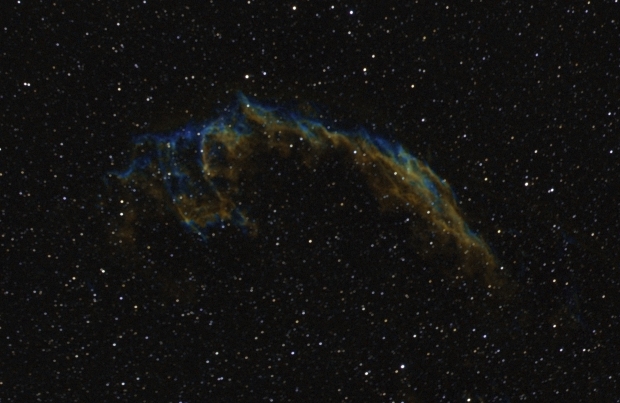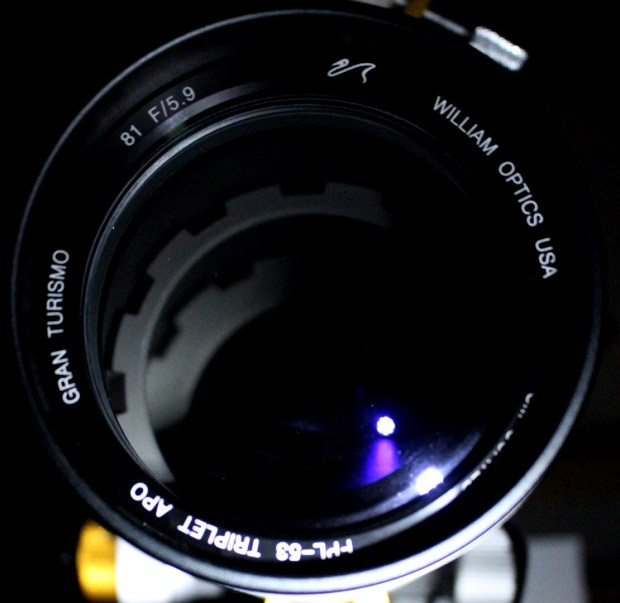
I have just finished reading J.L. Heilbron’s biographical tome on Galileo, which though very interesting I found a difficult book and somewhat academic in style. In 1609 Galileo became aware of a Dutch spectacle maker’s device that made distant objects appear closer. He subsequently became known for developing the so-called ‘Dutch Gadget’ into what we now know as the refracting telescope and moreover, applying its use to understanding the Solar System with the discovery of Jupiter’s four largest moons, confirmation of the phases of Venus and the observation and analysis of sunspots; the word telescope was subsequently coined in 1611 from the Greek tele “far” and skopein “to look or see” i.e. far-seeing. In so doing he also helped to confirm the then controversial truth of the heliocentric astronomical model, whereby the Earth and planets orbit the Sun. Against this background it is no surprise that Galileo is today much revered by mankind and has become known as the father of observational astronomy.

Drawn into the complexity of obtaining images of the Solar System and beyond, it is the curse of astrophotography that we inevitably neglect observing the spectacle itself. Notwithstanding, I am sure that Galileo would understand the power and beauty of today’s astrophotography, which in its own way is producing a quantum leap in our understanding of the Universe comparable to the impact of the original application of the telescope.
This summer the Solar System will hopefully provide both good observational and astrophotography opportunities here at Fairvale Observatory: Jupiter, Saturn, Comet C/2015 V2 (Johnson), the Perseids meteor shower and the Sun – sadly though I will not witness next month’s solar eclipse which takes place mainly over North America. During recent summer months the lack of astronomical darkness, short nights and absence of DSOs has frustratingly continued to limit potential imaging targets for my new ZWO 1600MM-Cool camera but utilising a period of good weather there have recently been a few fleeting opportunities just before dawn related to the appearance of the summer arm of the Milky Way on the eastern horizon.
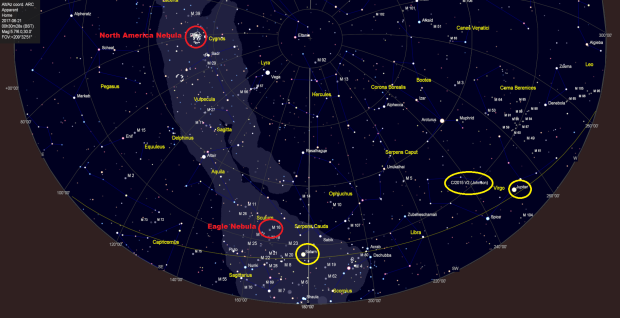
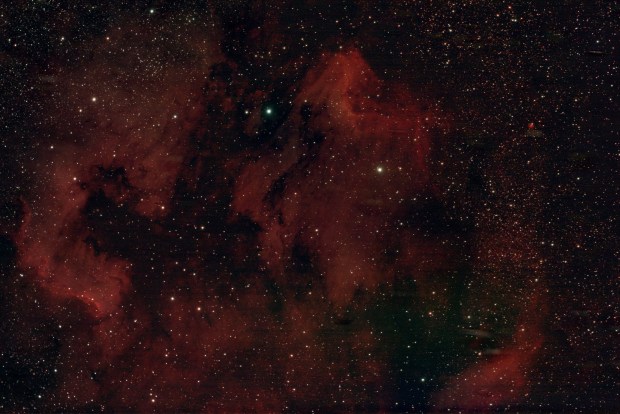
NGC 7000 The North America & Pelican Nebulae WO GT81 + modded Canon EOS 550D + FF | 30 x 120 secs @ ISO 1,600 + calibration | 19th September 2015
I first imaged the North America Nebula (NGC 7000) in 2014 and have since returned each year to image the nebula or its various parts using a DSLR camera. Being a very large Ha-object the nebula is an ideal target for the ZWO1600MM-cool camera and I have been anxiously waiting its arrival again this year. On this occasion, early on the morning of the summer solstice, high in the sky and 90o east the nebula was only just visible from my location, being very close to the roof-edge of my house! Consisting of just six Ha-frames plus three OIII and SII taken just before dawn broke, the resulting image was never going to be my best but is nonetheless interesting in SHO format and quite different to previous DSLR images.
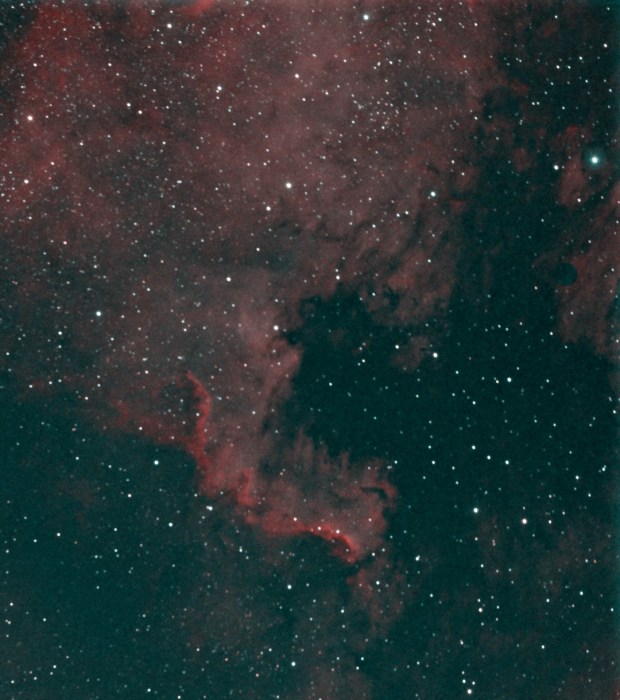
North America Nebula in Ha-OIII Bicolour
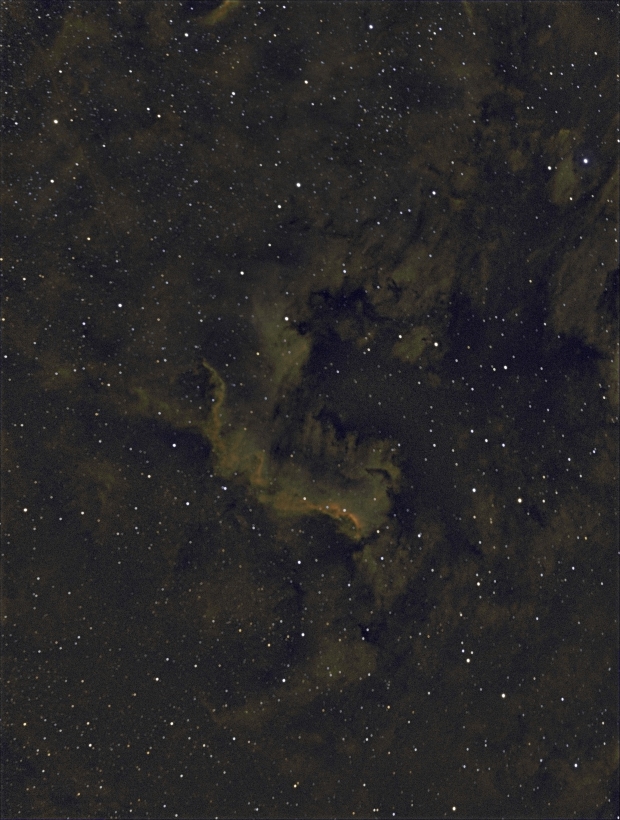
North America Nebula in SHO
At the other extreme, located low on the southern horizon and only briefly visible as it passed between the trees at the end of my garden is the Eagle Nebula AKA M16, home of the Pillars of Creation. At 7-arcminutes in size and an apparent magnitude of +6.0, the nebula is at the lower end of possible for my set-up and at some 27o altitude with just 40-minutes imaging time between the trees it was a challenging target. Notwithstanding, I’m pleased with the Ha and SHO narrowband images obtained, which quite clearly show the Pillars too.
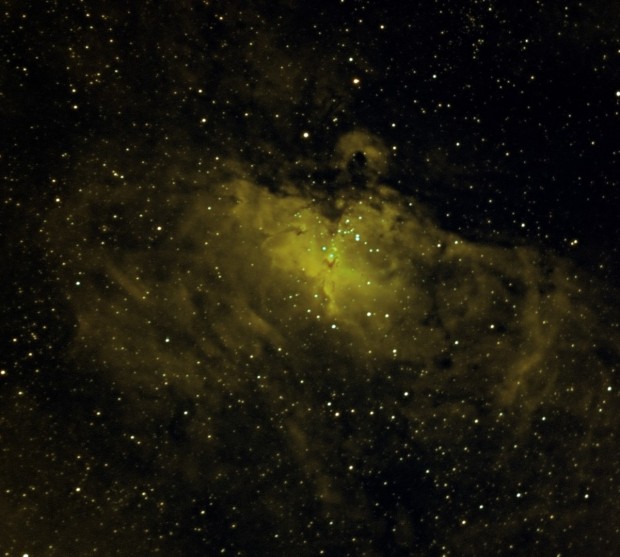
M16 Eagel Nebula in SHO: William Optics GT81 & ZWO1600MM- Cool & Field Flattener | 6 x 180sec Ha, x3 OIII, x3 SII Gain 300 Offset 10 + full calibration | 21st June 2017
As astronomical darkness is now slowly returning and with clear skies and weather permitting, I hope to attempt longer imaging sessions of both these and other targets during the rest if the summer and into autumn – I might even get to see M16 again as it eventually emerges from the other side of the trees! Thanks to the development of the Dutch Gadget and modern cameras it is now possible for amateur astronomers to image such spectacular objects – I’m sure Galileo would be impressed and highly approve.



